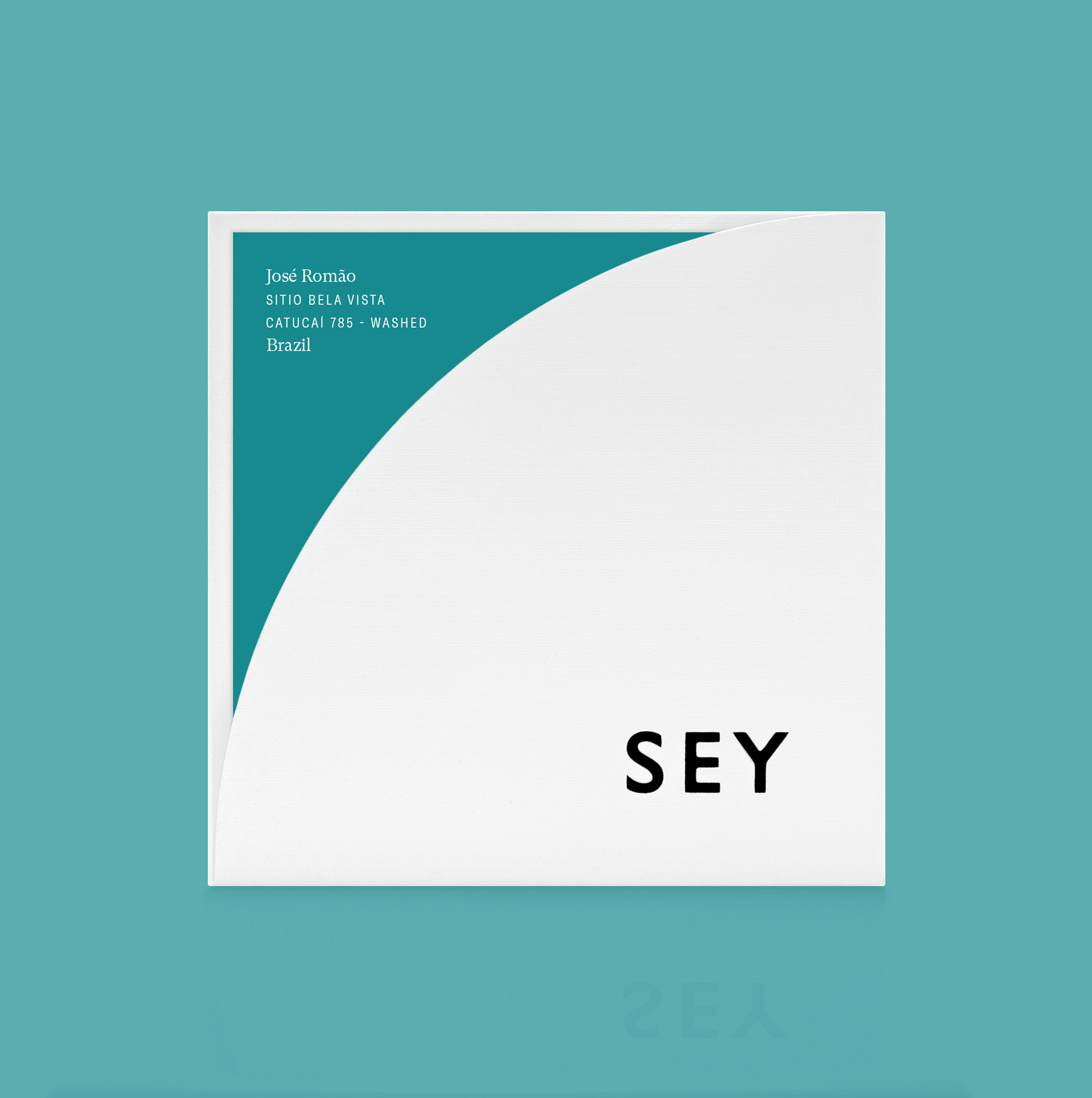
This stunning lot placed second in the Best of Espírito Santo competition this year. Although extremely small, this lot is a beautiful example of the complexity and quality potential this region has to offer. In the cup we find lively tropical fruits with added dark berry complexity and a very long finish.
First Roast: 03/30/2021
Catucaí 785
Córrego da Prata, Castelo, Espírito Santo
1,000 masl
October, 2020
Hand picked at peak ripeness. Floated to further remove defects. Depulped. Fermented. Dried on raised beds until moisture content reaches between 10%-11%.
ABOUT JOSÉ RAMÃO
José is a very small producer who diligently tends what might be more accurately described as coffee garden. His beautiful farm is in the region of Córrego da Prata (Silver Lake), which gets its name from the shining water that runs through the mountains and is the lifeblood of the local community. José is a leader in his community, and known as one of the 'guardians' of the water.
ABOUT CATUCAÍ VERMEHLO 785
Catucaí Vermelho 785 is a progeny of Icatú Vermelho and Catuaí Vermelho, and within the Bourbon lineage. It is a small uniform plant with wavy-edged leaves, and bronze-hued new growth. It is high-yielding, produces large red fruit with a large sieve rating, and is both highly leaf-rust tolerant and remarkably stable in varied weather conditions. While generally an early-harvest plant, in certain climates fruit development begins early but slows significantly—a trait that has been utilized to extend fruit maturation and improve cup quality by some of the more astute producers in compatible regions.
Pricing Details
FARM GATE (LOCAL)
46.67 BRL/KG
FARM GATE (USD)
$8.96/KG
FOB
$10.12/KG
FOT
$11.11/KG
The cost of getting a coffee from cherry to beverage varies enormously depending on its place of origin and the location of its consumption. The inclusion of price transparency is a starting point to inform broader conversation around the true costs of production and the sustainability of specialty coffee as a whole.